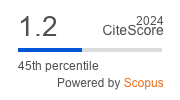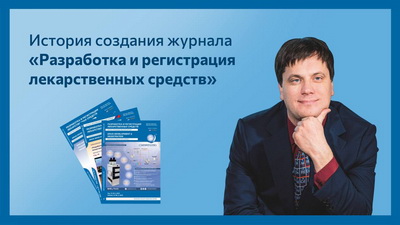Transfer of Analytical Procedures (Review)
https://doi.org/10.33380/2305-2066-2020-9-3-182-187
Abstract
Introduction. This article reviews main steps of the transfer of analytical procedures following the recommendations of the Russian and foreign regulatory bodies. Each step provides thorough evaluation of an analytical procedure, checks its current validation status and readiness of the receiving laboratory. Each step of the process is crucial for a reliable transfer. The article contains examples of formatting of analytical procedures to be revalidated, characteristics of test samples, reference standards of impurities. The authors described procedures to be transferred depending on the dosage form.
Text. The aim of this article is to review possible types of the transfer, including a transfer waiver, and main components of a transfer protocol following the information from the Russian and foreign literature sources.
Conclusion. Reliability and reproducibility of analytical method data are crucial as they form the basis for a decision-making process. Therefore a procedure should be capable of producing consistent data.
About the Authors
Yu. A. StarchakRussian Federation
Yuliya A. Starchak.
8/2, Petrovsky boulevard, Moscow, 127051.
M. V. Gavrilin
Russian Federation
Mikhail V. Gavrilin.
8/2, Petrovsky boulevard, Moscow, 127051.
N. V. Shineva
Russian Federation
Nadezhda V. Shineva.
8/2, Petrovsky boulevard, Moscow, 127051.
References
1. Monograph 1224. Transfer of analytical procedures. United States Pharmacopeia USP 42-NF 42. 2019. Available at: https://www.drugfuture.com/Pharmacopoeia/usp35/PDF/0876-0877%20%5B1224%5D%20Transfer%20of%20Analytical%20Procedures.pdf.
2. ISPE, Good Practice Guide: Technology Transfer, Third Edition. 2003. Available at: http://www.fptl.ru/biblioteka/transfer/ISPE_Technology-transfer_2003.pdf.
3. Kuleshova S. I. Transfer of methods, and parameters of validation/ verification. The Bulletin of the Scientific Centre for Expert Evaluation of Medicinal Products. 2017;7(2):77-80. (In Russ.).
4. Vial J., Jardy A., Anger P., Brun A., Menet J.-M. Methodology for transfer of LC methods based on statistical considerations. J. Chromatogr. 1998;A815:173-182.
5. World Health organization WHO Technical Report Series, № 961, Annex 7, 2011. WHO guidelines on transfer of technology in pharmaceutical manufacturing. Available at: https://www.who.int/medicines/areas/quality_safety/quality_assurance/TransferTechnologyPharmaceuticalManufacturingTRS961Annex7.pdf?ua=1 .
6. General monograph 1.1.0012.15. Validation of analytical procedures. State Pharmacopoeia of the Russian Federation. 14<sup>th</sup> ed. Moscow, 2018. Available at: http://femb/ru/feml/ (In Russ.).
7. Decision of ouncil of the Eurasian Economic Union Commission No. 77 dated by 03.11.2016 «On approval of the Rules of Good Manufacturing Practice of the Eurasian Economic Community». Available at: http://docs.cntd.ru/document/456026099. (In Russ.).
8. The International Pharmacopoeia, 4<sup>th</sup> ed. V. 1: Feneral notices; monographs for pharmaceutical substances (A-O). V. 2: monographs for pharmaceutical substances (P-Z); monographs for dosage forms and radiopharmaceutical preparations; methods of analysis; reagents. Geneva, World Health Organization, 2006; The International Pharmacopoeia, 4<sup>th</sup> ed., 1<sup>st</sup> supplement (2008); 2<sup>nd</sup> supplement (in preparation on CD-ROM, 2011). Available at: http://www.who.int/medicines/publications/pharmacopoeia/overview/en/index.html.
9.
Review
For citations:
Starchak Yu.A., Gavrilin M.V., Shineva N.V. Transfer of Analytical Procedures (Review). Drug development & registration. 2020;9(3):182-187. (In Russ.) https://doi.org/10.33380/2305-2066-2020-9-3-182-187










































